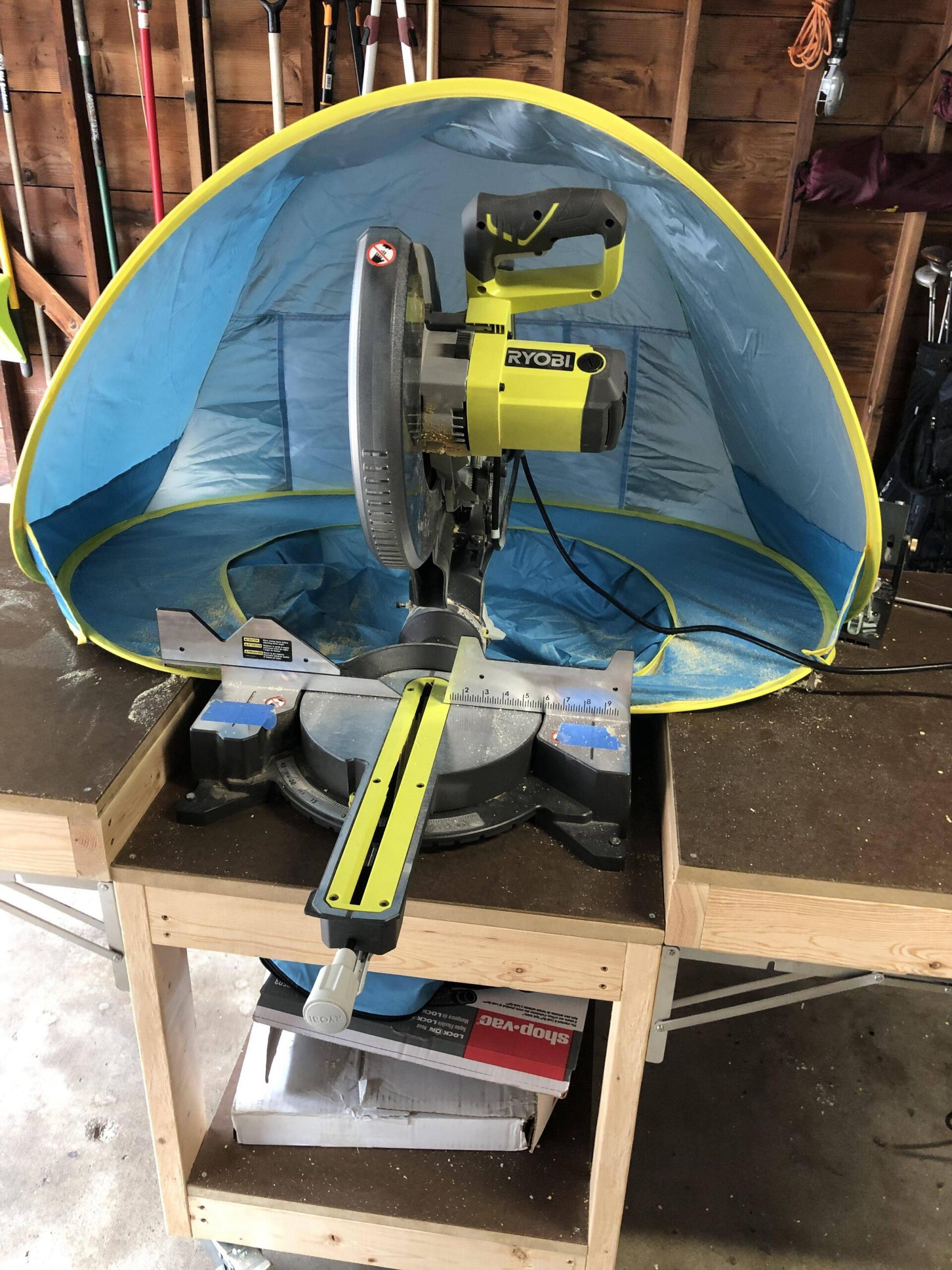Your cart is currently empty!

The Benefits of a Saw Dust Collector

Woodworking tools generate waste in the form of dust. The heavier chips and saw swarf pile up on the work piece, while fine dust is airborne and travels wherever the air currents take it.
A saw dust collector should suck up the majority of the dust and store it until you can dispose of it. This will help minimize any mess, make your shop cleaner, and keep you healthy.
1. Size
Many of the tools that woodworkers use to cut wood create a lot of dust. This can be dangerous to those who are working around the saw, especially if they have asthma or allergies to certain particles in the air.
The best way to deal with this is by containing the dust and catching it where it comes from. This is what a saw dust collector is for.
Depending on the type of dust that your saw produces you may want to get a different type of dust collector. Some types of dust such as abrasive materials and chemicals, for example, need a different type of filter media.
Some dust collectors come with a cyclone separator that separates the larger chips before they hit the impeller and bag. This is a great way to remove large chips from the collection system and make it easier to empty and clean. These systems can also help protect your tools from damage by preventing the chip buildup on the impeller.
2. Power
If you want to capture all of the sawdust that you can get off your power tools, you’ll need a dust collector with the high suction power of either a shop vac or dust extractor. Fortunately, you can buy inexpensive vacuum hoses to connect directly to hand power tools like sanders and circular saws.
Most table saws have a throat plate that has a slot that ducts a lot of the dust off of the stock as it is cut. Most of this dust ends up in the back of your table saw cabinet causing heat and making your table saw motor work harder to cool down after each use.
Most of this dust is very small (particles under 10 microns) and they can hang in the air for a long time. Breathing in these particles is not good for your health and can even cause serious long term respiratory problems.
3. Budget
If you want to keep your workshop free of wood chips and dust you need a saw dust collector. It not only keeps your workspace clean and professional, but also protects you from the health risks that come with breathing in dust particles.
A dust collector connects to your power tools to provide consistent suction, pulling in any debris that is created while you are working on a project. It can help you save time by not having to manually clear up the mess.
The type of dust collector you choose depends on the size of your shop and the amount of dust you typically generate. Fortunately, there are a variety of affordable options available.
For example, if you have a small shop, you can purchase a portable dust extractor that is similar to a shop vac, but much larger and more powerful. It is ideal for attaching to hand power tools like sanders and routers.
4. Filtration
The woodworking industry produces a variety of dusts that can be hazardous to employees’ health. To minimize these risks, a woodworking shop should have a properly designed and sized saw dust collector.
Choosing the right dust collector for your woodworking shop depends on the type of process and the amount of dust that is generated. It also needs to have solid fire and explosion protection.
For the best filtration capabilities, look for a dust collector that is equipped with a bag capable of filtering down to 1-micron particles. This is the level of particulate matter that can cause serious health problems.
A saw dust collector uses a two-stage process that captures the dust and chips before it enters the vacuum filter. This reduces the power loss caused by clogged filters and prevents the buildup of dust in your vacuum.
by
Tags: